Is this the end of the road for Cuba's classic cars?
As the first US-market cars make their way to the island, Cuba’s motorists are braced for change.
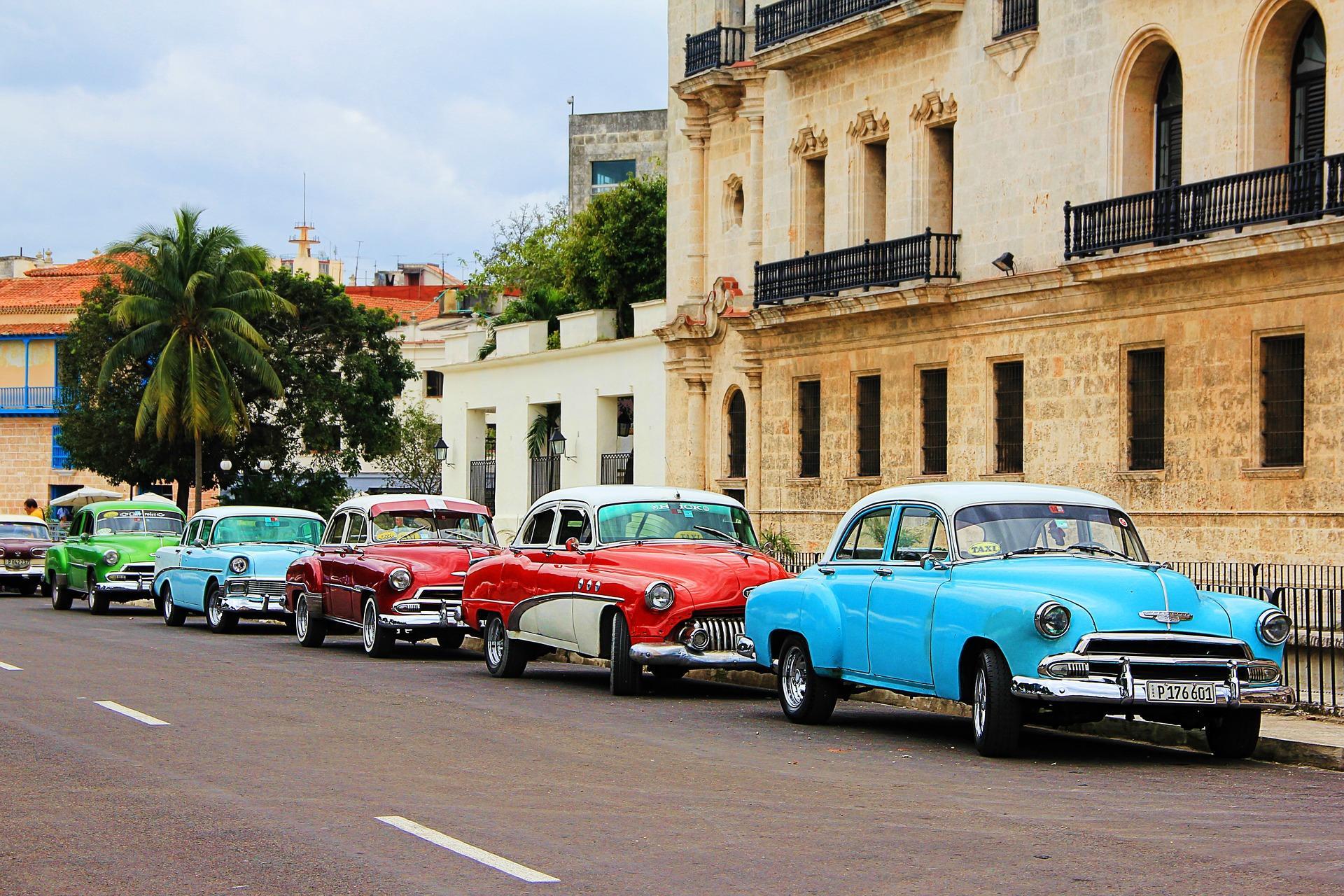
Today’s visitors to Cuba return with fond memories of a “Jurassic Park for cars”, where Soviet-era Ladas drive alongside Macmillan-era Austins. But by far and away the most striking cars on the streets of Cuba are the huge luxury sedans imported by wealthy Americans in the 50s, many of which sport the distinctive “tail fins” that were all the rage in space-obsessed America at the time.
With Miami just 90 miles away, Cuba under dictator Fulgencio Batista was a popular holiday destination for Americans in the 1950s. They imported 125,000 Detroit-made cars to Cuba, only to abandon them following the Castro takeover in 1959.
Though it may be renowned for its car fleet, actual car ownership in Cuba is relatively low, with only 60,000 cars between 11 million Cubans. This makes the sight of America’s most luxurious classics rolling around the rundown streets all the stranger, even more so when you consider that the average daily salary in Cuba is just $22.
As the Cuban-American rapprochement progressed there had been some speculation that American auto-collectors would jump at the chance to buy up examples of 40s and 50s classics, and bring them back to the States for restoration.
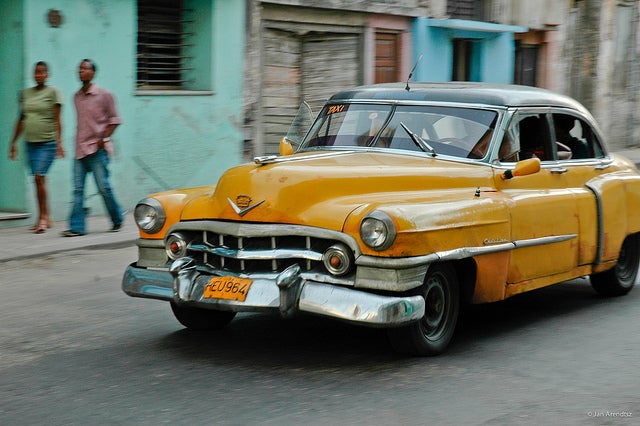
But while on the surface Cuba appears to be a treasure trove of American classics, the provenance of most of these vehicles is very poor. Although many of their owners have an enormous fondness for their cars, the vehicles aren’t being maintained as vintage pieces and instead they have been run on a day-to-day basis for decades, receiving only the most practical repairs.
Diesels have replaced the American V6 and V8s, and parts have been replaced with whatever could be found on the island. With very little specialist automotive parts available, there has been no question of keeping these cars even close to their original condition. Consequently, the Cuban fleet is less of a treasure trove and more of a “Galapagos Island” for cars, as McKeel Hagerty of Hagerty Insurance told CNBC recently. "Because they've been cut off for so long, they've morphed into their own species. It's not a Cadillac. It's something else."
Most professionals in the classic car market seem to agree with him. “I can see [interest] in the first couple of cars that are shiny and have some sort of interesting drive-train” Keith Martin of Sports Car Market magazine told The Guardian recently. “Russian tractor diesel, for instance – bringing $50,000 or so at a Barrett-Jackson auction, if they are the first Cuban cars to sell publicly in the US”.
“But once the frenzy dies down, these will just be junky old cars whose existence is a testimony to the ingenuity of Cuban mechanics.”
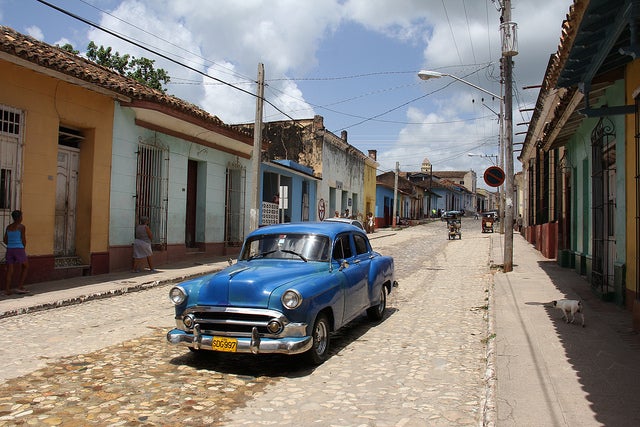
Shortly after coming to power in 1959, Cuba’s communist government led by Fidel Castro banned imports on both foreign cars and car parts. One of the inevitable effects of this policy was the deep-freeze of Cuba’s cars scene.
Given the country’s median income, and their starvation from foreign car parts, few collectors are expecting any miraculous “barn finds” from the garages of Havana. If anything, auto-collectors are anticipating an increase in interest among American Cubans who want to purchase a heavily modified “Cuban car” for what it is, rather than aiming to find a perfect example of a car, or even a poor model for restoration in the US.
The Miami-based car collector and entrepreneur known as “Elo” works with Cuban-American clients on both car purchases and customisations.
“They like new cars because they’ve been starved from all these new cars for years”, he told me. “They tend to buy the newest Ferraris and Lamborghinis. But one or two of them will have something in their collection that reminds them of home, when they were struggling and they aspired to have this car”.
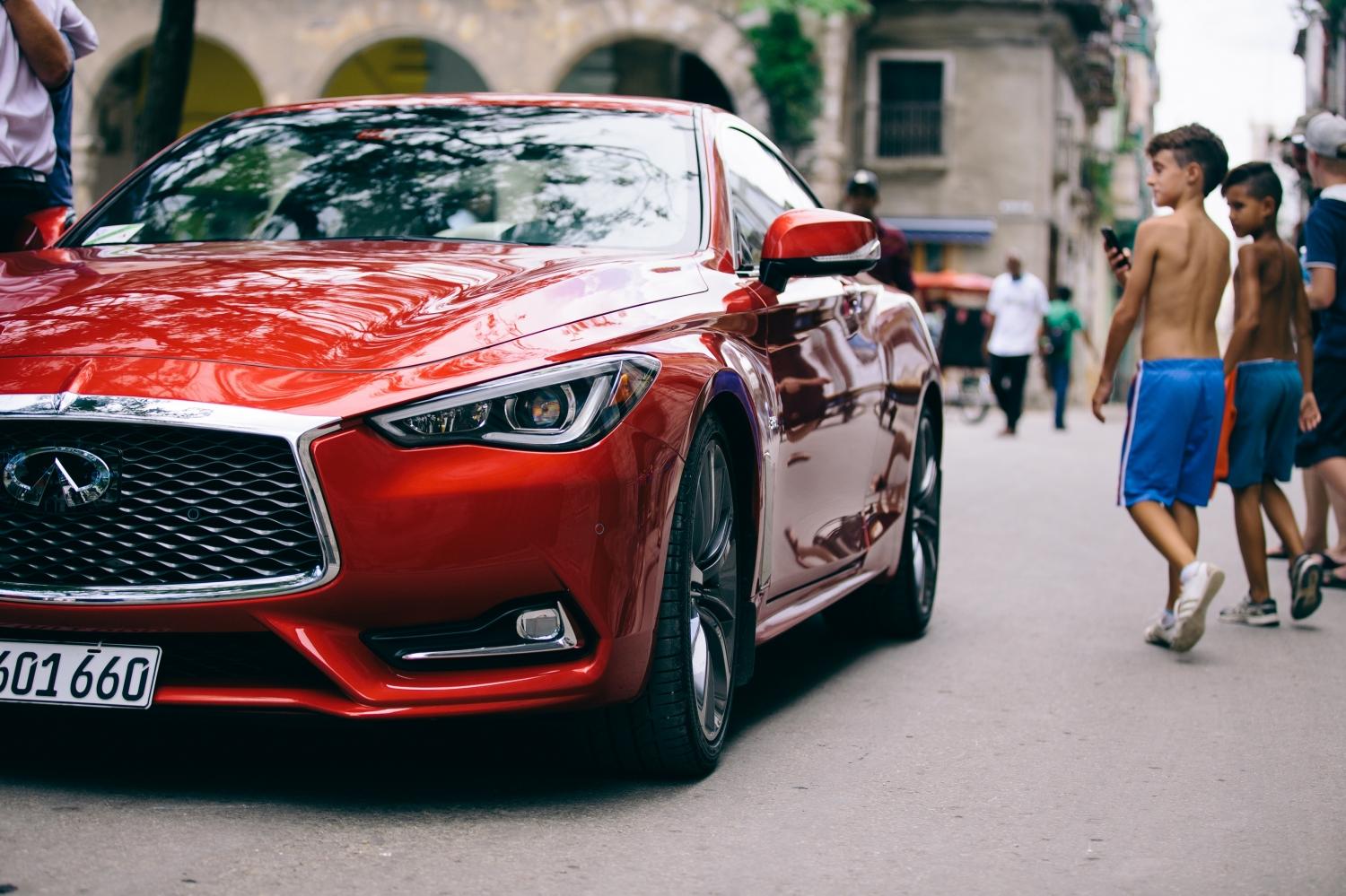
“It’s like the collectors in England going after Sierra Cosworths. You’re now talking upwards of £50,000. One sold the other day for £75,000. The hard-working British want the cars they grew up admiring in their youth. It’s exactly the same with the Cubans”.
Cuban citizens can now buy foreign cars, albeit for a hefty fee. The very first US-market vehicle to reach the island for 58 years appeared in the former communist enclave last year in the form of the Infiniti Q60. A report in Fortune magazine suggested it had taken four months to negotiate having the vehicle on the island in an effort masterminded by Fortune and Infiniti’s global Director of Design, Alfonso Albaisa.
Albaisa is a Cuban-American, born to Cuban parents who were exiled after the Castro takeover. He had never set foot on the island until last year. Now based in Miami, Albaisa used the Cuban opportunity to visit his extended family, as well as test out his Q60 on the streets of Havana.
With its striking styling, the Q60 was met with great interest and enthusiasm in Cuba, but some are concerned that its arrival marks the beginning of the end for Cuba’s reputation as the “Jurassic Park for cars”.
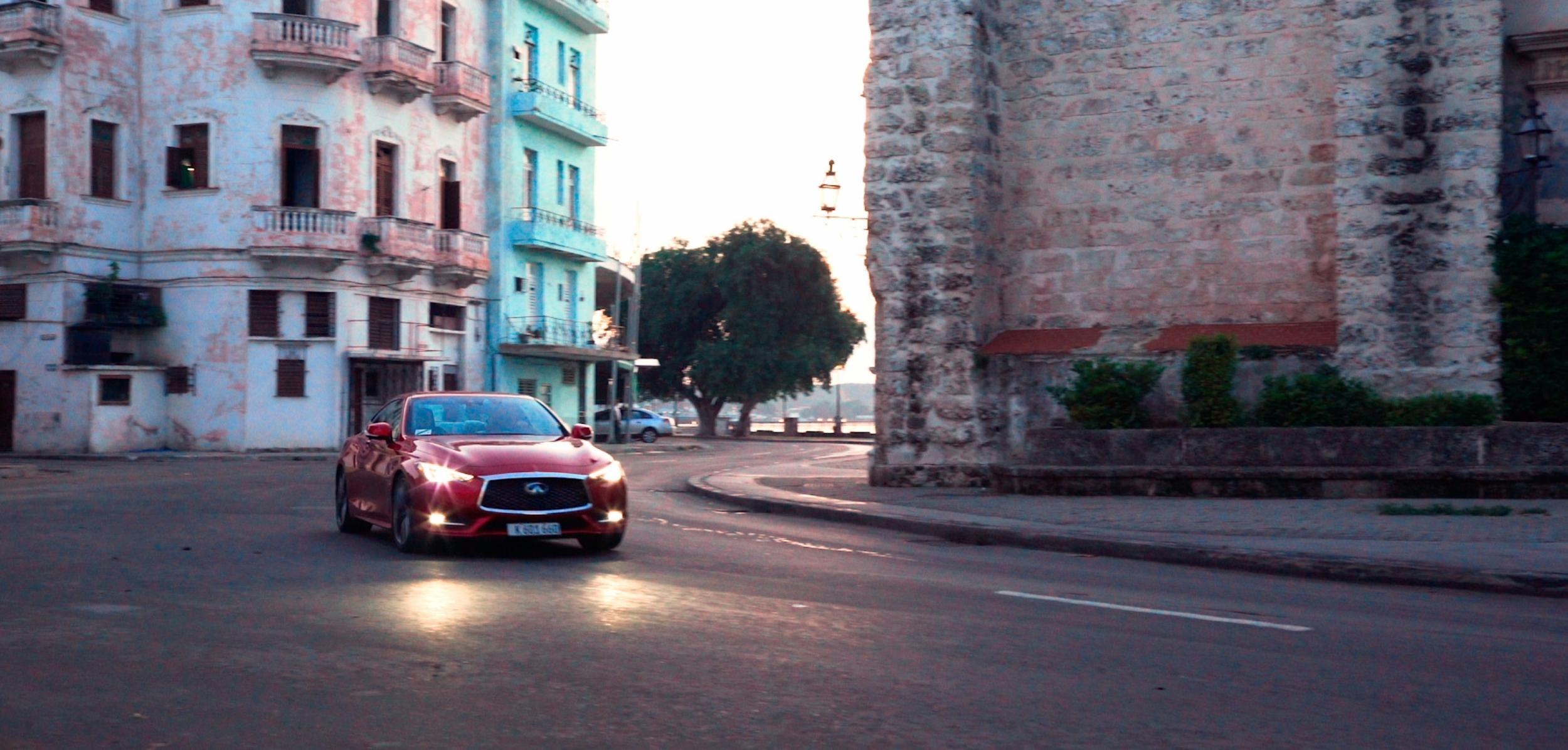
“People will be queuing up to buy them”, Elo tells me, “but don’t forget, it’s still a very touch-and-go country. It’s not a very liberal country yet and it’s not going to be a transition overnight”.
“I have a Cuban collector who has bought a load of top-of-the-range sports cars. Today he told me he’s going to Pagani headquarters in Modena, Italy, to go and buy a new car.
“None of this stuff is going to the old country, all of it is going to the new country, which is Miami. Why? He’s been allowed to take his money out, so he’s taken it all out and he doesn’t want to show off his cars in the face of all those old guys that are still in power”.
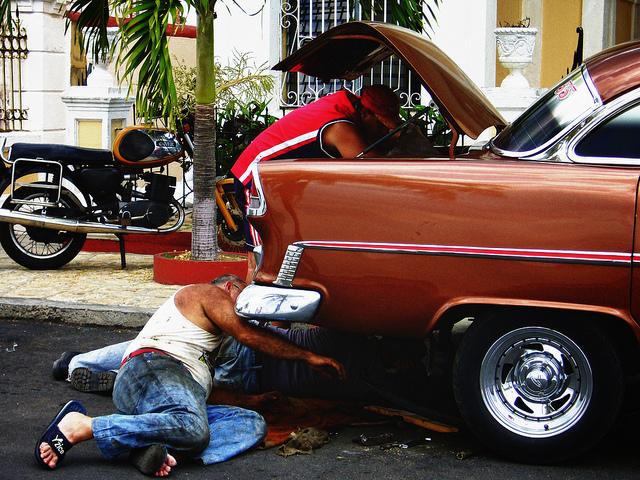
One way in which motoring in Cuba can change for the better is an improvement in the quality of fuel on the island. For all the affection attached to the 50s relics, Cuba’s cars emit vastly more poisonous gases than would ever be allowed in Europe or America, as the Telegraph’s Andrew English discovered on a recent trip.
“With an average sulphur content of 4,000 parts per million, Cuban diesel would quickly poison most modern turbodiesel engines”, says English. “The EU limits sulphur in diesel to 350ppm, while Cuban limits are up to 8,000ppm and you can see the results in the form of noxious black smoke from the exhausts of buses and trucks”.
As Cuba’s motoring scene will undoubtedly change over the next few decades, the island’s enthusiasts are racing to record the cars and street scenes as they appear today. In 2015, a photographer called Piotr Degler began a month long exercise to catalogue Cuba’s vintage automobiles, capturing 25,000 photos recording everything from the rusting hulk of a gullwing Mercedes to the litany of old sedans by Dodge and Chrysler. A crowdfunded project to get the photo project turned into coffee table book (Carros de Cuba) raised £42,000.
The Cuban Thaw may yet be stalled by the new US administration, but in the meantime Cubans are braced for at least a degree of change on their roads. While many Cuba enthusiasts may lament the end of a motoring era, for most Cubans living on the island, it should be a positive step for both their working lives and the environment.
Join our commenting forum
Join thought-provoking conversations, follow other Independent readers and see their replies
Comments
Bookmark popover
Removed from bookmarks